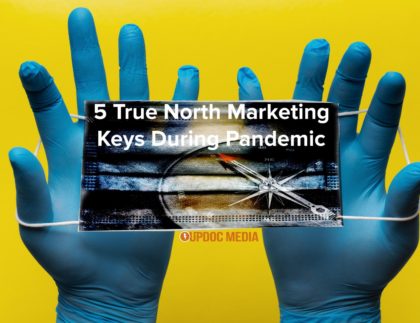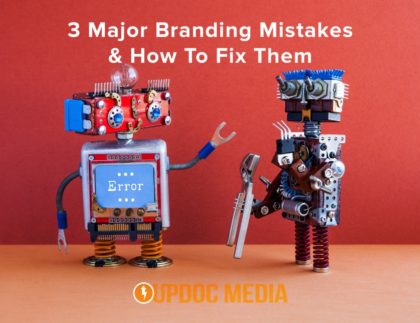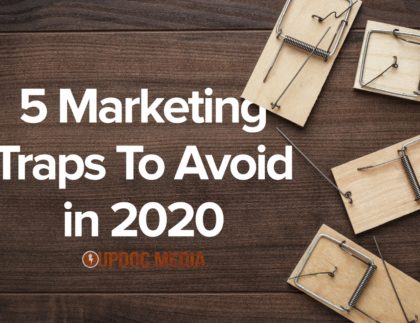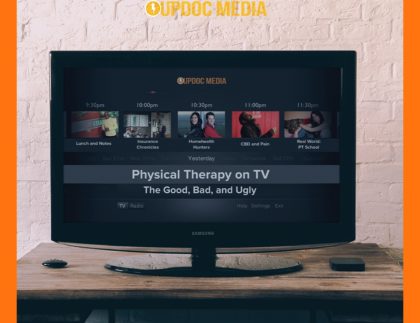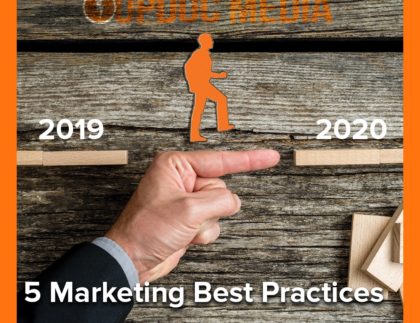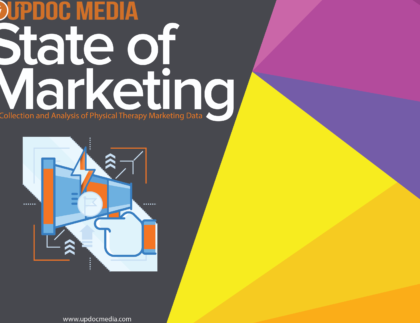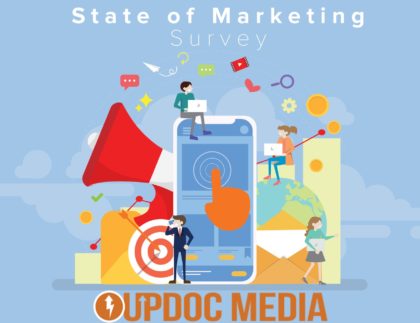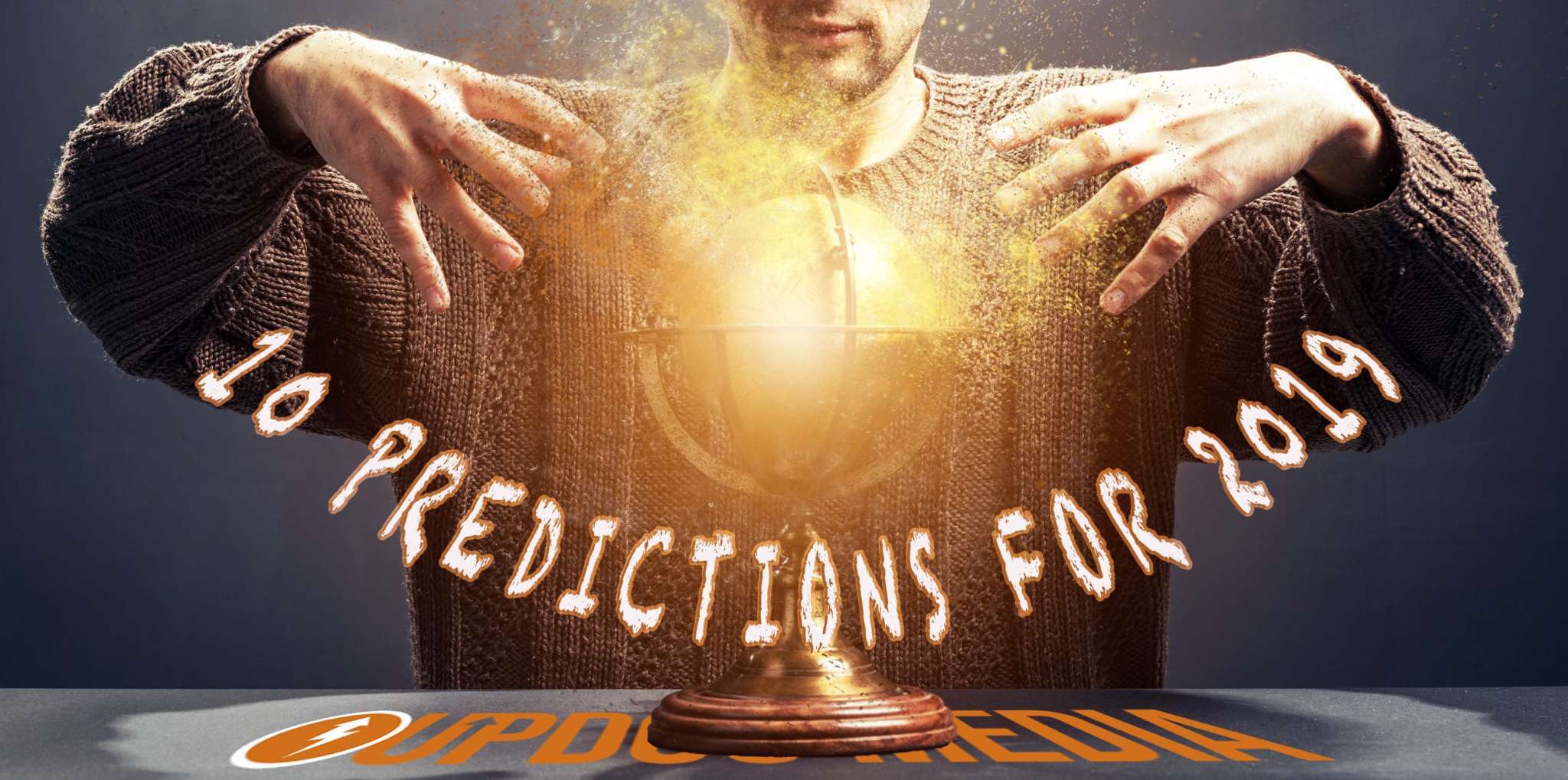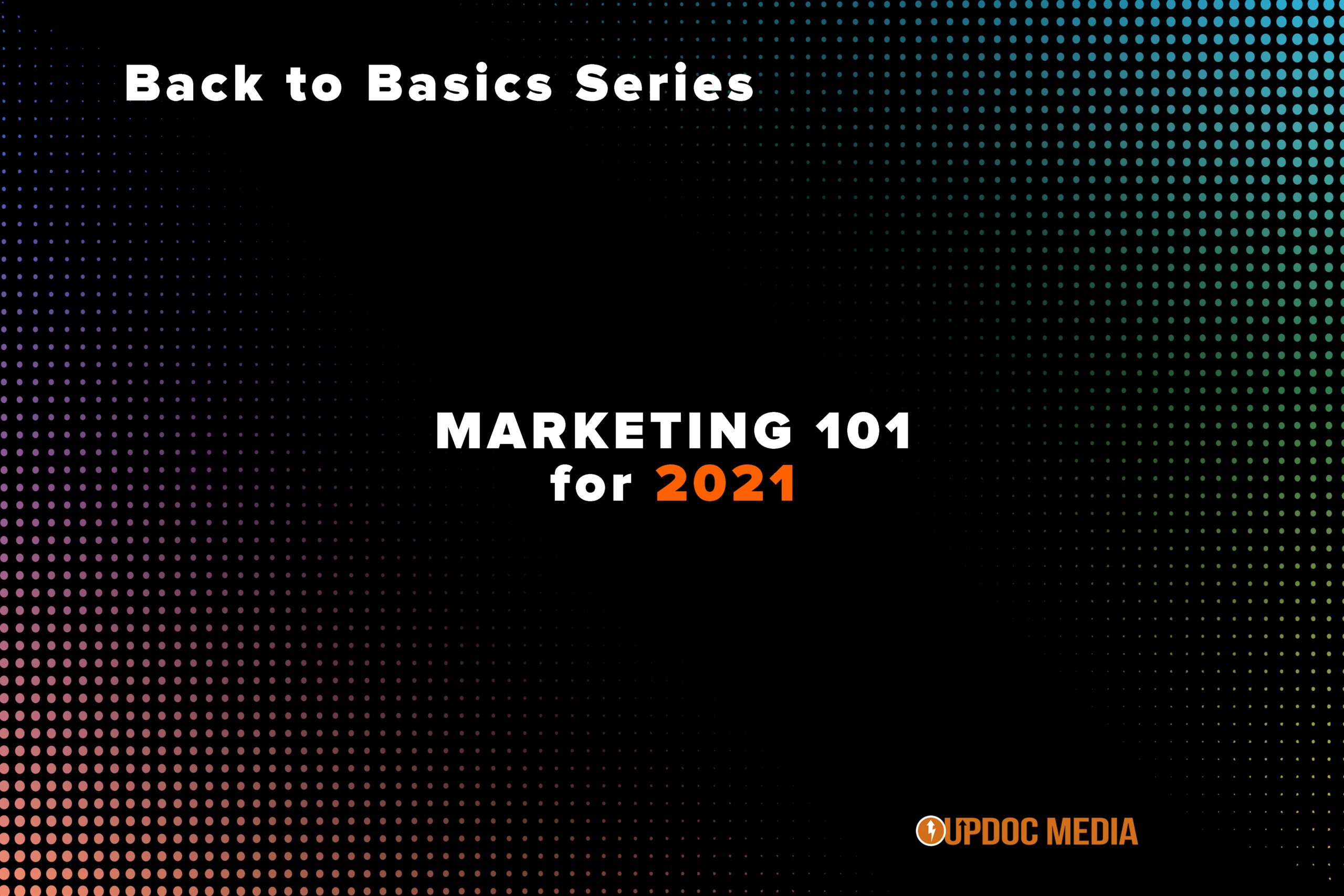
Introduction: Welcome to our “Back to Basics” series moving into Summer of 2021. Every Summer, we’ve been tremendously excited to tackle strategic level content that affects the lives and daily workings for the professionals in our industry — culminating in our Industry Reports such as our Salary Database the Job Market Pulse and the Employment Experience and Company Quality measures found in the Corporate Quality Index (CQI) Report.
This 2021 Summer content series will get us back to basics in marketing, talent retention, recruiting, human capital management, business development, and organizational excellence — all centralized with the goal of making the necessary changes to not just weather the 2020s, but to establish firm foundations to rise above and thrive.
The discussion we hope to bring has a special focus on aspects of our industry which impact line staff, to the frustrations of hiring managers, to important considerations of executive level leaders. To this, we found two rapidly developing aspects of our industry which have become increasingly central to all interests:
1. Our clinical frontlines are experiencing near unsurmountable pressure from all sides. The patient consumer has become very much educated in the shifting nature of healthcare economics. This creates a rather fluid patient care environment; and, with the shifting sands of payer and regulatory insanities, a complex management culture doesn’t always have the opportunity to be fully transparent on how and why things keep changing — and, stifles their ability to convey the rationale in so far that the things that need change... never seem to warrant meaningful attention nor action steps in moving forward.
2. These multidimensional strains on our workforce have made it truly difficult to properly reward and recognize high performers — leaving organizations in a vulnerable position in terms of talent retention. As such, many employers have found themselves finding prospective leaders for which they can invest, in hopes of preparing them for future leadership roles — only to find that such prospects have quickly burnt out, moved on, or left the industry entirely. This creates a revolving door situation where prospective leaders are hired, invested in, and trained… over and over, again — with few who actually stick around. The results are an over stretched workforce, an under equipped management team, and an executive leadership which is perplexed by missing pieces of data needed to explain and rectify company stagnancy.
Therefore, we hope to offer tangible solutions and action items through our 2021 Summer content series to directly address these two primary focal points. Thus to begin, we will be dealing with demand — after all, marketing is creating demand, if even at a local and micro-level. Most companies prefer to bolster revenue in an effort to reasonably afford making management system changes. As such, this is where we will embark and lay our first foundation in going back to basics: Marketing.
BACK TO BASICS
—MARKETING 101 FOR 2021—
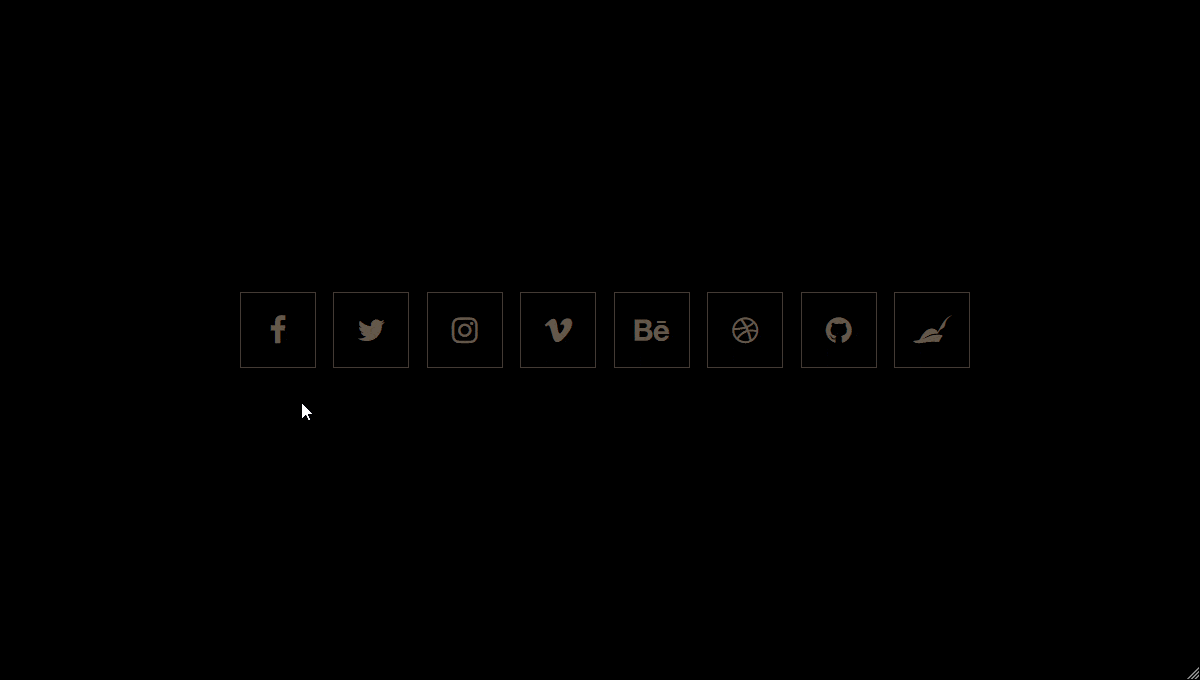
Pandemic marked the accelerated behavior changes of consumers across the globe. What had once been an overall stabilized and/or normalized word-of-mouth 2.0 via social channels and the digital footprint — quickly came to a head.
Due to the pandemic’s disruption, a type of “3.0 behavior set” (or, 4.0, depending on who you ask) emerged for the consumers and accentuated research and buying behaviors through digital discovery and on-demand-purchasing.
- Social media matters, just not as much as it used to — especially if it’s standing alone.
- SEO matters, and works better if paired with search advertisements.
- Websites matter, and require a strong digital footprint for multi-channel social proof to really convert with consistency.
- Email matters, but requires that much more authenticity to be paired with the automation all providers drool over.
- Media is important, but needs to exist with purposeful quality — not simply to run that ongoing rat race of posting for the sake of posting.
Ultimately, what 2020 has taught us is that 2021 is a year where businesses MUST go back to basics. Important fundamental view points to consider in marketing are the following:
- Marketing is creating demand.
- Classically, the 4 Ps of marketing are Product, Price, Placement, and Promotion — some add a 5th P for Profit.
- Marketing can also be seen as getting the right message to the right audience at the right time for the right action.
- Marketing can also be described as the central messaging of any given brand to “why a consumer should buy.”
- At UpDoc, we also like to break marketing down to the tactical descriptions of “D.A.C.” — Discovery. Attraction. Conversion. Three inter-looped dimensions which span across a customer’s conversion journey or narrative pathway to their purchasing behaviors.
All these perspectives focus on one important thing: THE CONSUMER.
Which actually brings us to an interesting aside which will be discussed in a later blog article — Marketing for TALENT. Nevertheless, back on topic for consumer oriented marketing: Going back to basics is a game of jumping into the perspective of the consumer and analyzing what makes them tick in going from shopper to customer — in essence, mapping out “Why They Buy” — being their guide along the way, EVEN IF it means ushering them away from your own brand because YOU KNOW it's not the best fit for their needs... trust me, that level of honest pays dividends upon dividends. They'll know. You'll know. And, believe it or not — they'll remember it, especially next time... when it counts.
Consumer Behaviors in 2021
Not that anyone really WANTS to revisit 2020 (and, let us be honest: 2021 pretty much has senioritis from 2020) — nevertheless, it is important to recall that due to both the pandemic and the election cycle, social channels became more flooded than ever before… it has remained that way, and not exactly permeated with positivity. This led consumers to look for more direct discovery pathways to the products and service solutions they sought to buy.
Additionally, not only did online shopping explode in 2020, consumer found that the convenience of shopping for things previously thought as a must-do-in-person (ie. groceries and health services) could be satisfactorily flexible via digital shopping means.
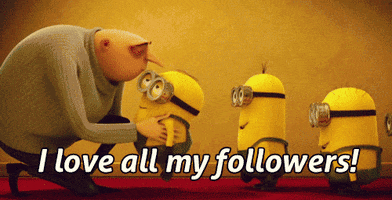
This was further exacerbated by the influencer melt down as well as the rampant over reporting of certain platforms — giving businesses and content producers a false sense of success and/or security.
When it came to checking for the proof in pudding, there was much wanting as any given brand’s followership and online engagement didn’t exactly have a linear relationship to revenue generated. Proper analytics and attribution can be laborious, and even then… can remain suspect without the proper data links.

What’s Working and What Isn’t?
At least for UpDoc’s own internal data, it’s worth noting that clients who double downed on web design, SEO, and CRM approaches definitely came out of 2020 on top and entered into 2021 with strong footing.
It was a stark commentary on social channels and the old 2.0 word-of-mouth approach; externally, we saw that those who continued that rat race of social engagement tended to suffer or flounder at best. If we had to reference a singular cause: It was due to the necessary momentum upkeep in production value and volume — for most, it’s just too hard to compete in a saturated attention market, especially when all the attention is negative… and, algorithms rarely choose to highlight the positive messages.
At the base of it, we found that the data strongly suggested a “back to basics” approach moving into and through 2021. Discovery, Attraction, and Conversion happen in the most direct off ramps available to the consumer. Social Channels just aren’t those off ramps. With search engines, online reviews, and company websites that are much more accessible AND separated from the negativity (and, the clutter) — even the most loyal of social audiences are likely to make their purchases through more direct means. There is also much we will discuss in future “101 for 2021” articles in terms of the evidenced based synergies of marketing elements such as SEO + SEM or CRM + Web Design.
Now, while this may seem like quite the judgment handed down to social channels as a certain ironic justice for even ourselves — UpDoc, a company that was founded due to social media as an audience equalizer — it’s important to appreciate that media and consumer behaviors have always operated in cycles. Just as pre-internet, all things print, radio, and television were saturated UNTIL the web opened up, we are at a time now where the web has become the print of old.
Therefore, the competitive differentiators are now found in production value, quality of consumer engagement, brand loyalty, and creativity.
Looking Forward Into 2021 and Beyond
Web Design. A brand’s website experience is now at the forefront of every consumer decision-making. Yes, the central messaging and the content flow needs to present itself to shoppers as a high level experience. However, a website needs to be more than a brochure or shopping catalogue. Web design needs to feel like a journey PRECISELY LAID OUT for each individual consumer’s shopping approach.
In essence, a good website is a “choose your own adventure” book. By the end, they’ve found what they were looking for in the manner congruent with how the brand is able to provide services or products for. It is a narrowing down that is required; a focus of products or services that will be most appropriate to the unique value proposition, job to be done, pain killer, and gain maker that every consumer looks to behold. This requires epically crafted copywriting, a strong sense of multi-device shopping behaviors, a consideration of operating systems, and, a consideration for variant browsing preferences such as incognito browsing modes, VPNs, and multi-tab ad nauseam opening behaviors.
Search Engine Optimization (SEO). On top of web design is going to be a contemporary multi-ecosphere driven SEO approach. Search Engine Optimization is much more than just installing a plug in, adjusting a couple of tags; and, making sure that the bar reads green, more often than orange or yellow or red. TRUE SEO requires a heavy narrative analysis of what consumers are actively searching and WHY THEY BUY. While certainly, there is room for algorithms to determine color rankings of optimization, they are not exactly perfect; they are programmed by humans who can make mistakes and it’s very apparent the algorithms can learn incorrectly.
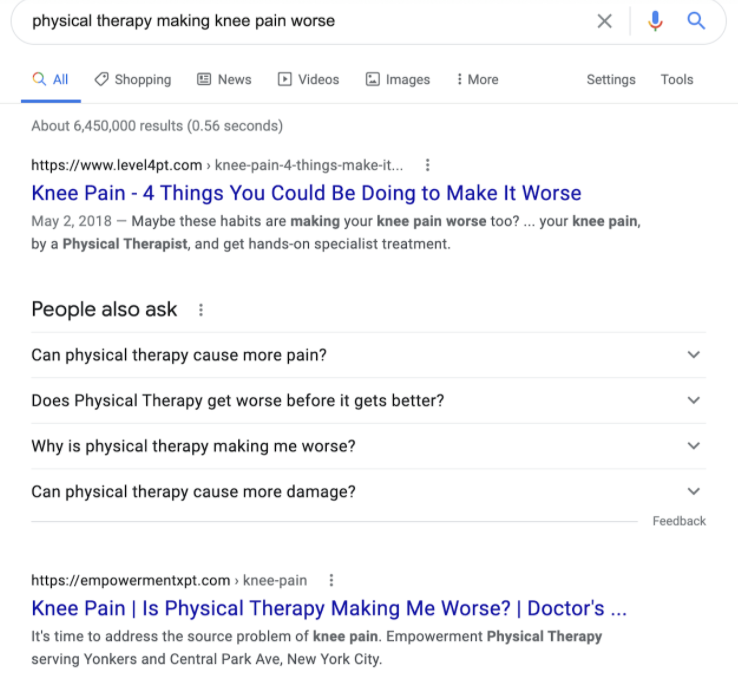

A somewhat tragic irony (maybe, with some sprinkled humor) of an example is a case where an UpDoc client successfully ranked 1.2 in all of Google for a specific search criteria.
HOWEVER, they also ranked in the backend string searches for “comfort food" and "soups.” Why? This brand is trying to convey high touch empathic clinical care. Comfort. And, “There you go!” — My Big Fat Greek Wedding
Interestingly enough, this ironic hilarity between “soup” and “physical therapy” is not unique per se — we've seen this pop up for almost a dozen physical therapy brands. Again, the common element in this can be appreciated from the lens that “clinical services” and “empathetic comfort” are matchable from an emotional standpoint. Enter: Soup.
Consumers that are looking for emotional components in their care, often are also searching for this aspect in various areas of their lives. It's important to appreciate this seeming tangent, if only as a mental exercise in once again mapping out the consumer's conversion journey — the customer narrative pathway which brings them from "question" (being alone) to "answer" (being connected with your brand).
Now, how does one change a weirdness like showing up in search algorithms for “soup” and turning it into ranked search results? There’s no secret, it’s everything we’ve mentioned up to this point — it’s not the “what,” but the “HOW” that demarcates a utilitarian microwave soup from that of a masterfully crafted culinary experience — another blog for another time 😉
We’re talking about SEO, right? Cool. Moving on...
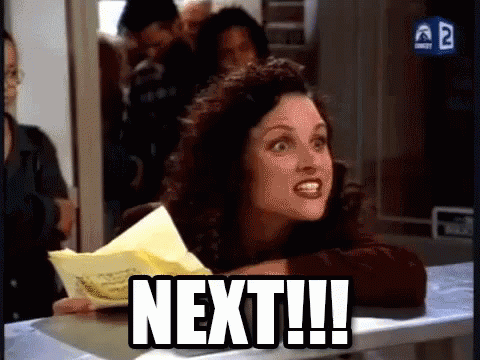
Online Reviews — Quality + Consistency BEATS Volume. We all know that consumers, especially healthcare consumers, actively read, judge, and engage in pre-buying with online reviews and website content.

The latest reports suggested greater than 90% will at the very least have digital shopping exposure. That said, online reviews have changed since the pandemic. Volume that is enough. In fact, for some time, platforms such as Google have favored a consistent flow of positive reviews AND ratings vs. ratings alone. Beyond this, it is the quality of on platform viewing and business engagement that adds value to the ranking structure above. For companies that might have droves of reviews, but nothing highly viewed, meaningfully written, or recent — they will find themselves quickly beat out as 2021 continues to mature.



CRM: Beyond Newsletters and Reviews. This leads us to talking about CRMs — Customer Relationship Management. While commonly seen as email marketing, which is also mostly focused upon delivering online reviews and newsletters to audience segments — a next level up is now required for 2021 in advanced CRM practices.
It’s not enough just to use CRM for newsletters and reviews; companies must use it to understand segments of audiences — what they desire to see, how they wish to engage, as well as what would motivate them to become repeat customers and/or brand ambassadors.
So often, CRM is an outbound expression when it should be more like a listening post of inbound ideas. It’s not good enough to just ping them and remind them to come in for an appointment.
Rudimentary CRMs have been in the “not necessarily good enough” space for some time; unable to handle multi-segmentation analysis — many times, not having the horsepower to process complicated tagging logic, segments, automation cycles, and scheduling sensitivity to make automation feel truly authentic.
Automation without authenticity is worse than no touch point at all.
The Product/Service Experience. The challenge here is that all businesses need to learn how to play a game, which heavily involves NOT being drawn into a game that isn’t suited for them — ie. getting drawn into a game style of competitors, either in style, in scale, or both.
Often, company decision makers look across the fence and see the grass on the other side. Smaller operations envy the scale of enterprises; large corporations drool at the organic engagement of smaller shops; mid-sized businesses feel they’ve lost their way at the grass roots, yet can’t seem to reach the top of the canopy.
Here, we encourage all business managers to get back to basics in the most fundamental of ways. Understanding who you are as a company, who your audience base is, and who your primary customers are — these three focal points will clarify EVERYTHING.
If you are a large enterprise, it’s nearly guaranteed that unless you systematically train, elevate, and propagate an authentic service experience… something will get lost in translation and each location as well as region will have their own dominant form of micro-culture. If you are a small business, your competitive edge is undoubtedly the personal touch which is so very difficult to replicate because YOU ARE AT THE FOREFRONT. Mid-sized companies will have a hybrid effect.
Why bring any of this up?
If the end-user is dissatisfied with their patient care and/or product experience, it all reflects poorly in terms of word-of-mouth, online reviews, and reputation management. It also makes it that much more difficult in what is now a very charged Pay to Play Environment.
So, the key here is to stay true to yourself by being true to your customers.
How? Do what’s best for your customers.
They are smart and they know the difference.
The Pay To Play Environment. Sadly, we’re back to a pay to play environment. Just as it was before end it was difficult for small businesses to show themselves against large enterprise budgets in the television, print, and radio era — we are at the same place now, and while there are other platforms that are trying to champion small businesses, it’s always going to be a game of scale versus service/product experience.
Quickly dipping back to the topic above: We’re not saying that there is a relationship between size and QUALITY of Experience. We are saying there is a relationship between size and STYLE of end-user experience.
Back to the Pay to Play discussion: Search and display ads will be the best areas to use this in conjunction with the current and ongoing strategies for which smaller brands have a fighting chance to be found for the high touch customer experiences desired.
To this, we’re back at the inflection point that we cannot ignore advertising initiatives and responses — that simply “setting and forgetting” as an advertising approach on common search strings and demographic criteria just isn’t good enough. Many have said this was NEVER good enough, but hey — we’re talking about the NOW.
To really take advantage of the pay to play environment, active iterations of monitoring, copywriting, and modifying targeting factors are necessary. Leaving algorithms to learn on their own plays into the least common denominators — NOT the optimal nor best fit solution sets.
So, if you’re setting and forgetting about ads… you’re going to need to shake it up… a LOT and often.
Developing An Ecosystem Perspective. Just like in clinical care where no singular intervention in rehab therapy is commonly the sole contributor to a patient’s betterment, companies must think in such patterns when it comes to a comprehensive marketing strategy and its respective evidenced based responses.
As we enter this next cycle in multi/digital-media evolution in society and consumer behaviors, we must come to terms that we are back in a saturated environment with ever boggling spam’ish behaviors and the pestering of new social platforms.
Followership and engagement do not cause purchases.
Authenticity and accessibility DO.
Choose the best channels that fit your primary consumer bases’ shopping behaviors. Recognize that in such a time of both content and channel saturation; it’s as if we’re practically at the same point in pre-digital where everyone had everything on every possible outlet.
All said, we are going back to basics. Winning here means an effortful refinement of internal systems, central messaging, discoverability, and service/product experiences — all summed, becomes a brand.
The temptation is to pour fuel on top of the unverified flames of ongoing marketing approaches which may have the feel of contemporary flare. Unfortunately, without building a proper foundation, pouring the fuel on top of such delicate flames will more likely douse it out than anything else — leaving you wondering months down the line why there remain but embers to work with.
ALL THAT TOGETHER SUMS & HELP US GET...
Back to Basics: Marketing 101 for 2021
STAY TUNED! Upcoming topics include:
- Talent Retention for 2021
- Hiring 101 for 2021
- And, Negotiations 101 for 2021
ALSO, don’t forget to check out the new UpDoc Media podcast — the Corporate Quality Podcast.
